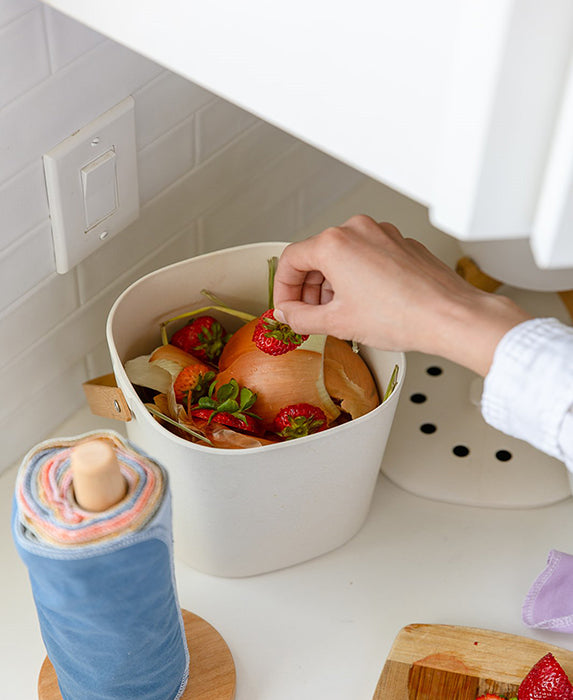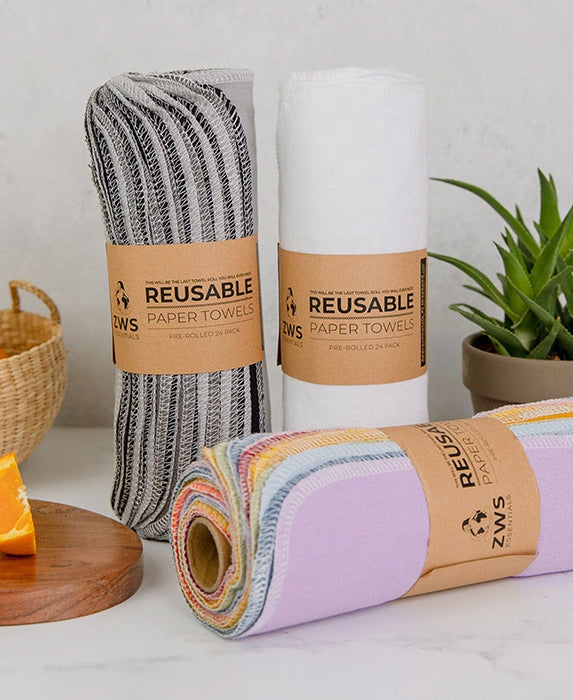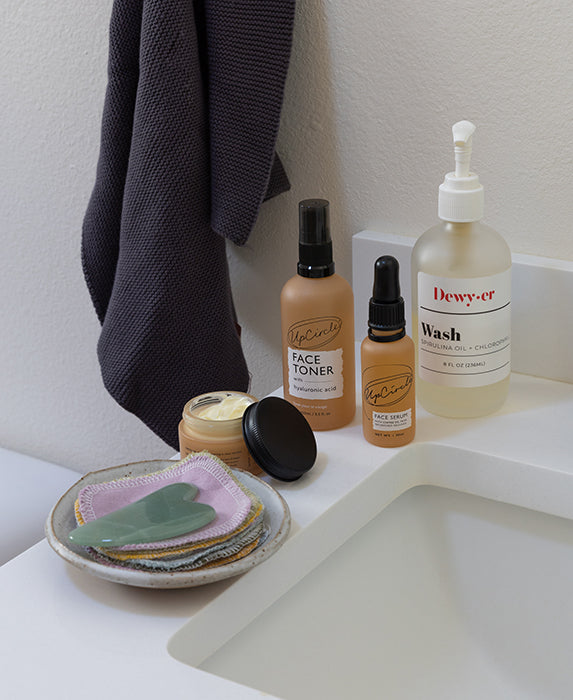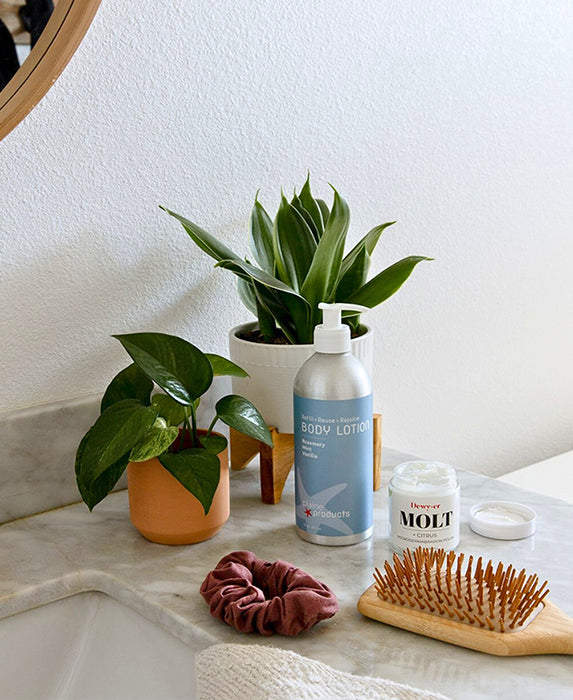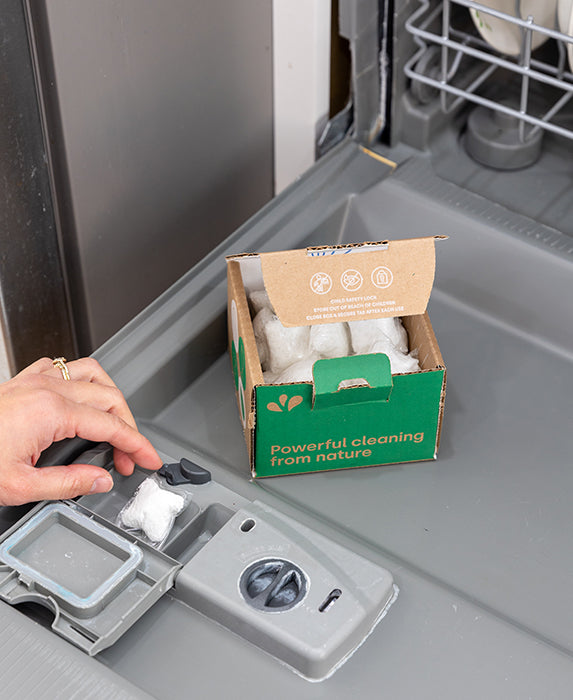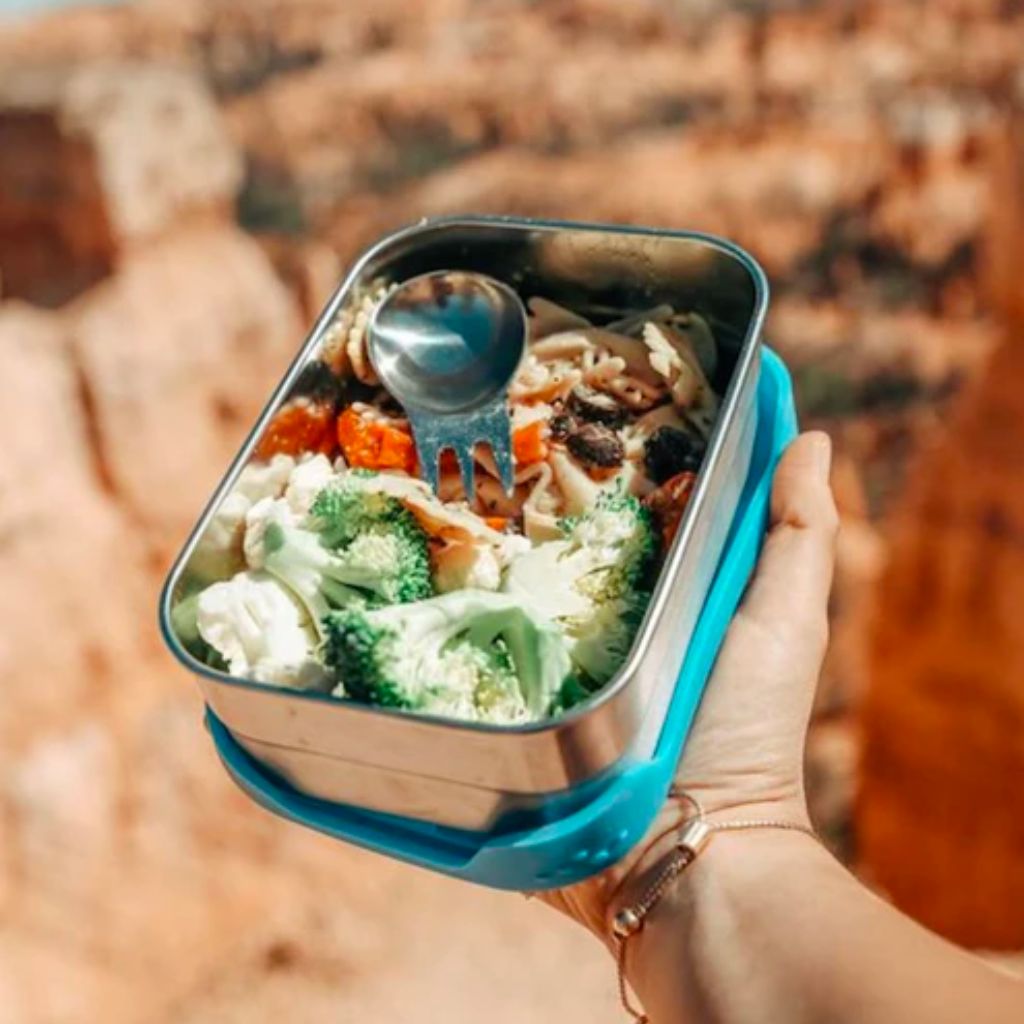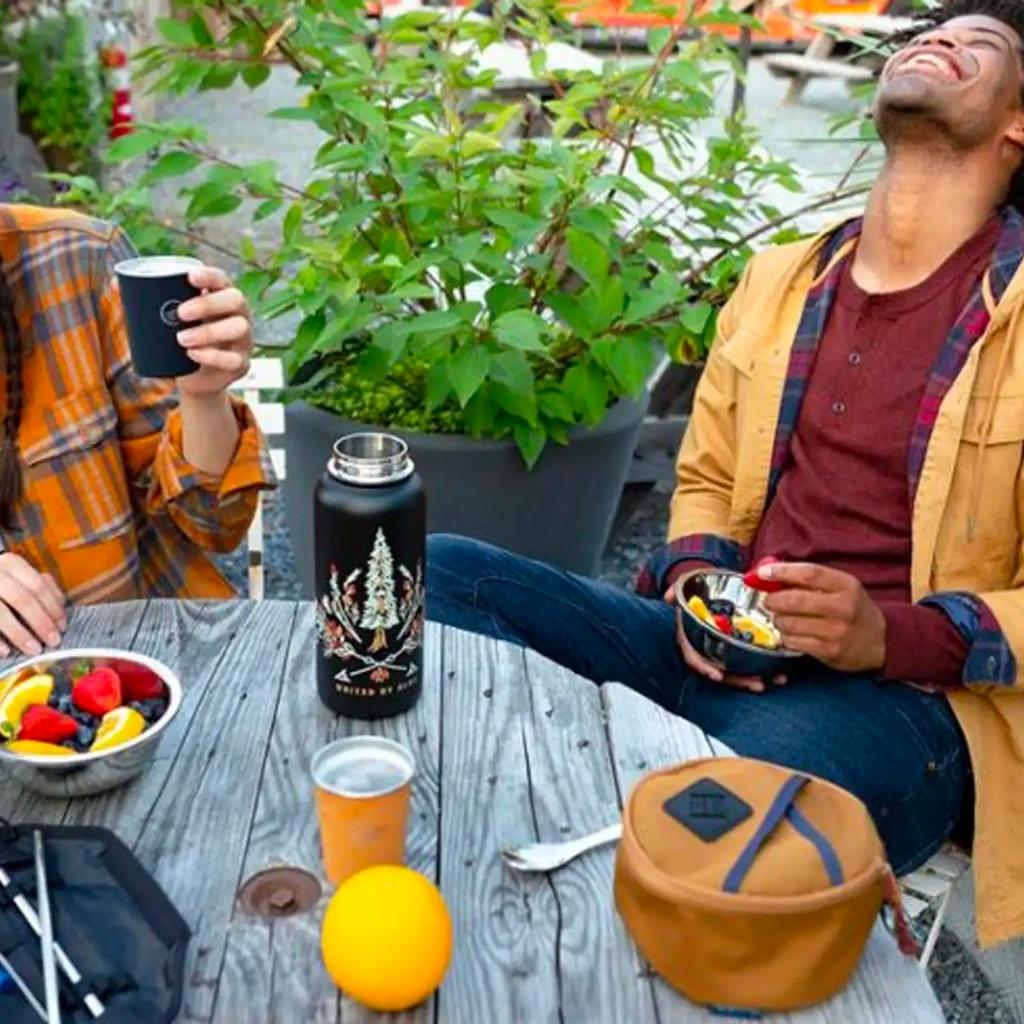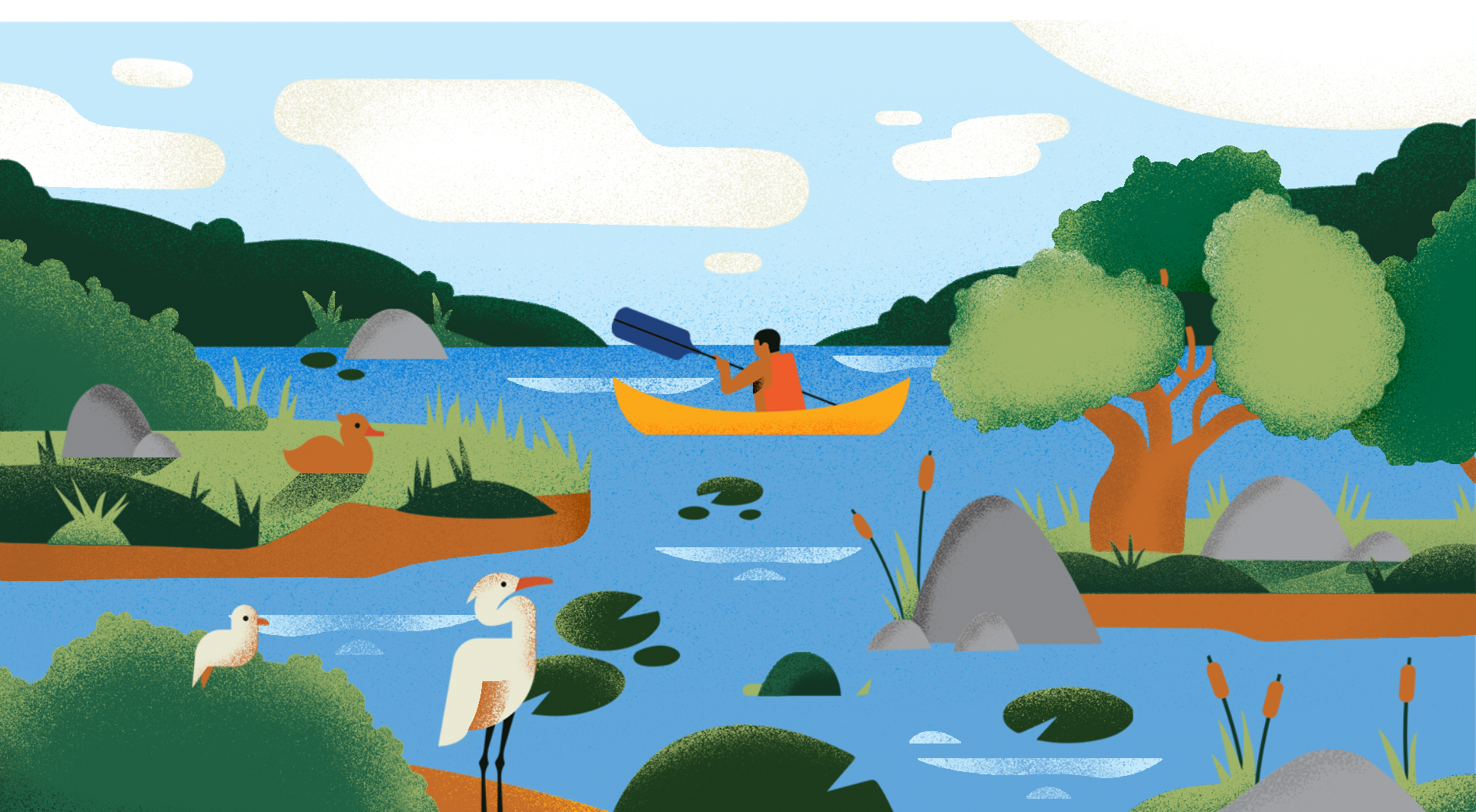Everyday you pack your child’s lunch for school. But lately it has turned into a tedious late night activity that you dread at the end of your work day. You have yet to invest in a lunchbox because your child is picky and you haven’t had the time, and instead use a plastic bag for packing lunches. Every new day another plastic bag goes to waste, contributing to the thousands of single-use plastic bags in our landfills. But there is a better way! With reusable supplies from ECOLunchbox, you can transform lunchtime from wasteful to sustainable! Read on to learn how, and why, to make the switch.
What You’ll Learn:
- What inspired Sandra Ann Harris to found ECOLunchbox
- How is silicone different and better than plastic
- Which ECOlunchbox products work for your lifestyle
An interview with the founder of ECOlunchbox & Blue Water Bento, Sandra Ann Harris
We’re delighted to share with you an interview we did recently with Sandra Ann Harris, the founder and CEO of ECOlunchbox and Blue Water Bento! Her company, which is based in Lafayette, Calif., is celebrating its 10-year anniversary this year, so we wanted to learn more about this mission-based company that has sold hundreds of thousands of plastic-free lunchboxes worldwide! Their community is averting the use and disposal of 10’s of millions of pieces of plastic trash annually, according to ECOlunchbox’s recent environmental impact study. Read on to take a sneak peek into the mind of this eco-preneur!
What inspired you to start ECOlunchbox?
We protect what we love, right? For me, the impetus to start ECOlunchbox stemmed from my love of my kids and our oceans. It really struck me when my kids were in pre-school and I was packing lunches regularly for the first time in a long time, how much plastic waste was being generated at lunchtime. It was really shocking to see the garbage cans at the pre-school where my kids were going in the early 2000s literally overflowing with pre-packaged waste from cheese sticks, yogurt squeezes, juice sacks and boxes, etc. At that time Klean Kanteen stainless water bottles were on the market, but there were not plastic-free food containers available for purchase. I looked high and low. I didn’t intend to start a company myself. I was a former journalist and humanitarian aid worker. Consumer products weren’t my thing, but when I realized there was such a huge hole in the marketplace I decided to fill it by starting ECOlunchbox as a first-to-market-brand specializing in plastic-free food containers that are healthy for people and the planet.
What’s your favorite item in the ECOlunchbox collection?
Oh my gosh, that’s like asking me to pick between my kids. (Laughing!) This is a tough question. I love each and every of my ECOlunchboxes and especially our Seal Cup Trio, which is part of our Blue Water Bento line we launched on Kickstarter back in 2015. I love our Seal Cup Trio and rely on it every single day because it’s leakproof and the three containers can pack compactly with me where ever I go, nesting inside each other. The Seal Cup Large features an orange lid with a sea urchin design. The Seal Cup Medium has a blue lid embossed with a pattern reminiscent of ocean waves on a beach. And the little Seal Cup Small is teal with a nubby shell design. We also have a Mini, XL and Jumbo size that coordinate to make a set of six nesting containers. The Jumbo, which holds 6 cups food, is amazingly useful for veggie grain bowls, which I totally love. I feel so happy every time I use these containers and think about how much I love our oceans and how I’m reducing my dependence on plastic every time I use one of our Blue Water Bento containers.
You put a lot of work into having truly sustainable product and shipping materials. Tell us a little about the materials you’ve chosen for your non-toxic lunchboxes!
Thank you so much for acknowledging us. The heartbeat of what we’re up to is showing the world that it is possible to make choices to reduce dependence on plastics. When I started the business 10 years ago, people, even family members and friends, thought my concerns about plastics when it comes to threatening human and planetary health, were a bit far fetched. But as a former investigative journalist, my research showed that while there may be medical uses and other specific instances when plastic is still the best material available for the job, that’s not true when it comes to food containers.
I see absolutely no reason why people would choose to continue to use plastic food containers, which are known to cause issues with human health due to the prevalence of BPA in all plastics, including BPA-free plastics, when ECOlunchboxes exist. Seriously, in my opinion, we offer a no compromises product that is non-toxic, unbreakable, leak-proof, and dishwasher safe, including the silicone lids, which are safe to be washed even in commercial dishwasher as high heat.
For me the whole point of ECOlunchbox is to innovate and bring to market food containers that check all the boxes. Are we perfect, no, but we are mindful of our choices. As you mentioned, we have also continued to eliminate plastic from any of our packaging and stick to a minimalist approach when it comes to the paper bands and stickers we use on our products for shelf displays. From the beginning, we’ve said no to plastic. Our commitment to remain plastic-free gives us such joy and we love sharing about why we feel so strongly about keeping plastics out of our products. Thank you for this opportunity to tell our story!
What do you think the biggest barrier facing sustainability is today?
Evolving the collective mindset is the biggest challenge facing sustainability. People are usually resistant to change. They’ve gotten used to the throw-away, single-use culture and they can’t envision changing their ways. Last year my husband, who is from Vietnam, and I took our kids to visit villages in northern Vietnam where the Hmong live. We trekked with a local guide, staying with her family in a thatched hut with a mud floor, through communities that were littered with plastic bottles, candy wrappers and other non-biodegradable debris. The young woman guiding us was 32-years-old and she could remember as a child a time when plastic bottles didn’t exist in her community. When she worked in the rice fields she made herself a bottle using a hatchet out of a bamboo stalk. She even made a bamboo bottle with us so we could have this retro experience with her. She could remember a time without plastic in her own lifetime and she was committed to raising awareness in her village that it was time to turn back the clock on modernity and re-embrace the traditions of her parents, grandparents and ancestors. I found our visit very inspiring and it stirred up memories of visiting my grandparents in Palo Alto, California in the 1970s and noticing their refrigerator was filled with glass containers with glass lids for food storage and they were re-using, re-purposing and up-cycling everything possible. No matter whether our roots lie in the East or the West, we can benefit from the wisdom of the pre-plastic generations.
What is silicone, and why did you choose to use it in many of the ECOlunchbox products? How is silicone different from plastic?
This is a great question. I think a lot of people are on a steep learning curve when it comes to silicone, especially since it looks similar to plastic. It took me about three years to research silicone and decide to move forward with our no-leak Blue Water Bento containers. For starters, plastic is a petroleum-based material. Our high-quality, food-grade silicone is made from silica found in sand.
When it comes to offering a highly durable and reusable food container that doesn’t leak and doesn’t contain the estrogen-mimicking chemicals commonly found in plastics, we believe that silicone is currently the best answer. It would be awesome if it were biodegradable, but sadly, like plastic, silicone must be recycled at end of life. This isn’t ideal, but for now it’s the safest, most non-toxic material we have found for our lids.
When it comes to the environment, silicone is highly durable and more ocean friendly than plastic. If one of our silicone lids were to get lost in the ocean, for example, it’s not going to break down into little particles and get ingested by marine life. It resists degradation in sun and sea. We have a lot more info about this question on our website for those who are keenly interested in learning more about silicone.
What’s one thing someone might not know about your products?
I take so much inspiration from Tomales Bay in the Pt. Reyes Peninsula. See if you can guess what the embossed pattern is on our 3-in-1 Splash Box and Mini Splash Pod, which we introduced in 2018. Every time I use this fabulous powerhouse of a lunchbox, I smile recollecting so many good times kayaking, hiking and camping on Tomales Bay, which is filled with eel grass and seaweed.
The eel grass, which is a critical food for marine life at the bottom of the food pyramid in Tomales Bay’s ecosystem, is featured in the embossed celadon green lid of the upstair level of the 3-in-1 Splash Box modular container. The seaweed is celebrated in the dark green motif on the Mini Splash Pod tucked inside the upstairs of this two-level container. Sailors, kayakers, surfers and other ocean lovers notice these details about our products and smile for the love of Big Blue! Jacques Cousteau once said, “We only protect what we love, we only love what we understand, and we only understand what we are taught.” What do you love?
This blog was originally published on December 12, 2018 and was most recently updated on October 27, 2022.

